Struggling with sleep? Check out our complete guide to baby sleep training to help you and your munchkin get a good night’s rest and wake up refreshed!
There’s a meme floating around on the internet that goes like this: “People say that I should sleep when the baby sleeps. Should I wash the dishes and do laundry while the baby does too?”
Sarcastic and funny as that is, it also has a lot of truth. The only opportunity that new parents get to sleep is when their baby sleeps. But that is also the only opportunity to cook, clean, fold, iron, read, shower……. Besides, it’s not always possible to sleep all of a sudden; by the time you drift away, baby’s up and ready for his next feed!
While naps certainly help, there is no substitute for a good night’s sleep, for everyone in the family. In fact, lack of sleep tends to increase the likelihood of Postpartum depression in new Moms, which affects everyone else. Lack of sleep can also confuse the brain and lead to mistakes and accidents.
But Mom or Dad’s quota of sleep will only happen when baby sleeps! And that is why we’re going to be talking about an important topic – baby sleep training. Read on to know all about the what, why and how of baby sleep training.
If baby sleep training translates into ‘making baby cry’, you’re not alone! Many people mistake sleep training to be some kind of torture, which couldn’t be farther from the truth. Baby sleep training is the process of helping a baby learn to fall asleep independently, and eventually sleep through the night.
Falling asleep on their own basically involves ‘self-soothing’, where the baby is able to settle down without any external stimuli. This self soothing is an important life skill, and needs to be learnt. Here are some more benefits of sleep training for your baby.
Benefits of Baby Sleep Training
1. Babies’ brains are growing rapidly, and the most critical development occurs during deep sleep
2. Self soothing also promotes emotional self regulation, which is essential for us to control our emotions
3. It also helps to develop problem solving skills, self-confidence and good coping strategies
4. Parents whose babies sleep well at night say that their babies appeared happier, more secure and much less fussier
5. Studies show that babies who spent the most part of the night sleeping had better cognitive development
6. Babies who haven’t learnt to self-soothe by 1 year of age are more likely to have trouble falling asleep at 2 years, and with at least one night waking by 4 years
7. Sleep deprived babies also tend to have more of cortisol, the stress hormone
8. The American Academy of Pediatrics (AAP) has reported that babies who wake frequently during the night have a higher chance for obesity and other behavioral problems later
When to Start Baby Sleep Training
While every baby achieves a readiness for sleep training on his or her own time, experts agree that most babies are ready between 4 and 6 months. Newborns don’t produce enough melatonin to differentiate between night and day, making sleep training useless for them. They also need frequent night feedings at this stage since their stomachs can hold only a little at a time.
By 4 months, babies’ circadian rhythm starts to develop, which means their bodies can understand the difference between day and night. They are at an age when they start learning new skills and have more cycles of lighter sleep, making it the perfect time to start sleep training.
If your baby has got a more-or-less consistent sleeping and waking routine and don’t wake up more than once or twice for a night feeding, she’s ready for sleep training. Since separation anxiety hasn’t set in yet, they are more likely to sleep better. Studies show that by 6 months, 60% of babies are able to sleep through the night.
By 9 months, 80% of babies can sleep through the night. 9 month old babies don’t require night feedings, and they understand bedtime cues and routines better. Here is a quick look at how much sleep babies need at each stage.
Co-sleeping and Baby Sleep Training. Sleep training while co-sleeping is challenging, though not impossible. The problem is that since breast is available all night, the baby can latch on whenever he wakes even if he’s not hungry, which ends up making the breast a pacifier. This can interfere with the baby learning to self soothe. Yet, sleep training can help, so that baby can go to sleep without needing Mom to sleep at the same time.
Breastfeeding and Baby Sleep Training. Sleep training doesn’t have to mean complete stopping of night feeds, although it can help if you’re trying to wean your baby. If baby needs his night time nourishment, you can still wake up just those couple of times to feed him and then let him go back to sleep.
Every baby is different when it comes to sleep training. Some babies automatically start sleeping through the night without any fuss, while some babies may take much longer. Even siblings may show widely varied sleeping patterns, so follow your baby’s lead. Most experts say that the earlier you start sleep training, the easier it is on you and your baby. Here are some of the most popular methods of baby sleep training, all of which have the basic aim of teaching babies how to self soothe.
Different Methods of Baby Sleep Training
Happiest Baby Method
This method is based on five S’s: swaddling, side or stomach position for soothing, shushing, swinging, and sucking. This method only works for younger babies, from newborns to about 2 months, after which swaddling won’t be practical.
Cry it Out/Extinction Method
This is probably the most controversial method out there. It includes putting your baby to bed while awake and leaving him there. You are then to let him cry for short periods and go and comfort him in between without picking him up or rocking. For the first 2-3 nights, babies cry a lot, but they soon settle down and learn to soothe themselves to sleep.
This method works best for babies aged 4-6 months. Not picking up the baby when he’s crying is the difficult part for more parents, which is why many give up and don’t continue with the method. However those who do stick with it often have a good success rate, with babies learning to fall asleep without any trouble. This won’t work if you have other kids since the crying can wake them up too.
Ferber Method/Graduated Extinction
The Ferber method is quite well known, also called ‘Ferberization’. You put your baby in her bed and wait for a minute or two, and then leave. You come back after five minutes, and soothe your baby by talking or patting, but not picking up. Leave again and come back after another five minutes and repeat till baby falls asleep. If she wakes in the middle of the night, you follow the same procedure.
As baby learns to settle down, you increase the interval from five to 10 minutes and so on, till the baby doesn’t need your presence to sleep. If the baby cries in between the intervals, you’re supposed to let her, and go only when the interval is over. This is a watered down version of the Cry it Out method, but it’s more practical for parents than letting the child cry for long periods.
Weissbluth Method
This method of sleep training is a stricter version of the Cry it Out method. It requires you to complete your baby’s bedtime routine, and put her to bed in her room as soon as she starts getting sleepy. Then you shut the door and leave, and don’t go back till the next morning.
This can be incredibly difficult for parents to follow, which is why many experts don’t advocate this. The method is based on the understanding that parents can understand the reason behind the baby’s cry, and unless it’s an emergency, they should let the baby cry it out till morning.
No Tears Method
This method is a slower, but gentler approach to sleep training. After you put the baby to bed, you leave, but you come back every time the child cries. You can pick the baby, soothe her or rock her – whatever is required to calm her back down and you do this every time she cries.
The logic behind this method is that you reduce the rocking or soothing gradually, making it less and less till the baby is able to fall asleep herself, without any move from you.
Fading/Sleep Lady Shuffle/Chair Method
This is a method that’s a lot less stressful, but which can take quite a while. You sit in a chair next to your baby till he falls asleep. As baby learns to fall asleep faster, you move the chair farther and farther away, till baby an fall asleep all by herself without anyone nearby.
Another version of this is the Pick up Put down method, which doesn’t use a chair. You just stay in the room with the baby and maybe talk to them or pat them gently whenever they need some reassurance. Both of these methods may not work with babies over seven months, since your presence can stimulate them and they can get ready to play, making settling down much more difficult.
Choosing a method of baby sleep training is a decision you have to make based on your baby’s temperament and your family’s circumstances. Whichever one you choose, it’s important to stick with it, since it’ll take at least a week to ten days to see results. You can also mix and match methods to create something that works for you. Whichever method you pick, here are a few tips that’ll help you and your baby achieve success faster.
Helpful Tips for Baby Sleep Training
1. Make sure you and your spouse are on the same page regarding which baby sleep training method to choose. One of you may be okay with the baby crying for a few minutes, while the other can’t handle it at all. Discuss and arrive at a decision that works for everyone.
2. Maintain a consistent bedtime for baby. Going to bed at the same time every night will make it much easier for her to fall asleep by herself.
3. Have a nice, calming bedtime routine. Include a warm bath, a song or story, a relaxing massage or whatever will help to calm baby and get her ready for bed.
4. Feed the baby before starting the bedtime routine. This will prevent making an association between feeding and sleeping, so that baby doesn’t have to be fed every time she has to sleep.
5. For the baby to sleep soundly at night, proper nap times during the day are just as important as bedtime at night. Don’t let him nap too close to bedtime, and don’t let him get too tired by then as well.
6. Resist sleeping crutches, which specifies any thing or activity upon which the baby becomes dependent upon to fall asleep. These include pacifiers, breastfeeding, rocking, lullabies or others – once your baby gets used to it, she’ll need it all the time to fall asleep, even in the middle of the night.
7. Make sure the baby gets enough activity and stimulation during the daytime, and limit all the excitement when it gets dark.
8. Take baby outdoors or expose her to enough sunlight during the day. This will help to get her circadian rhythms functioning well, which will make it easier for her to fall asleep and sleep longer during the night.
9. Take turns with your spouse every night. Sleep training can be stressful especially in the early days, so it helps if both parents share the load.
10. If you have multiples, put them together. Twins or triplets who are separated don’t sleep as well as when they’re together in the same crib.
11. Make sure baby has a clean and calm environment to sleep. Dim the lights and keep out loud noises. You can use an air purifier to clean the air, or a white noise machine to lull baby to sleep.
12. Keep a log or diary of how and when baby is sleeping every night. Include the intervals of waking up as well as how long it takes her to sleep. This will give you an idea about how the current method of sleep training is working.
Before staring any sleep training method, make sure your baby doesn’t have any medical condition that may interfere with sleeping through the night, like sleep apnea, reflux or GERD. Children generally regress when they’re ill or traveling, so give them some extra comfort. Most importantly, be consistent and patient, and you’ll all soon be rewarded with a good night’s sleep.
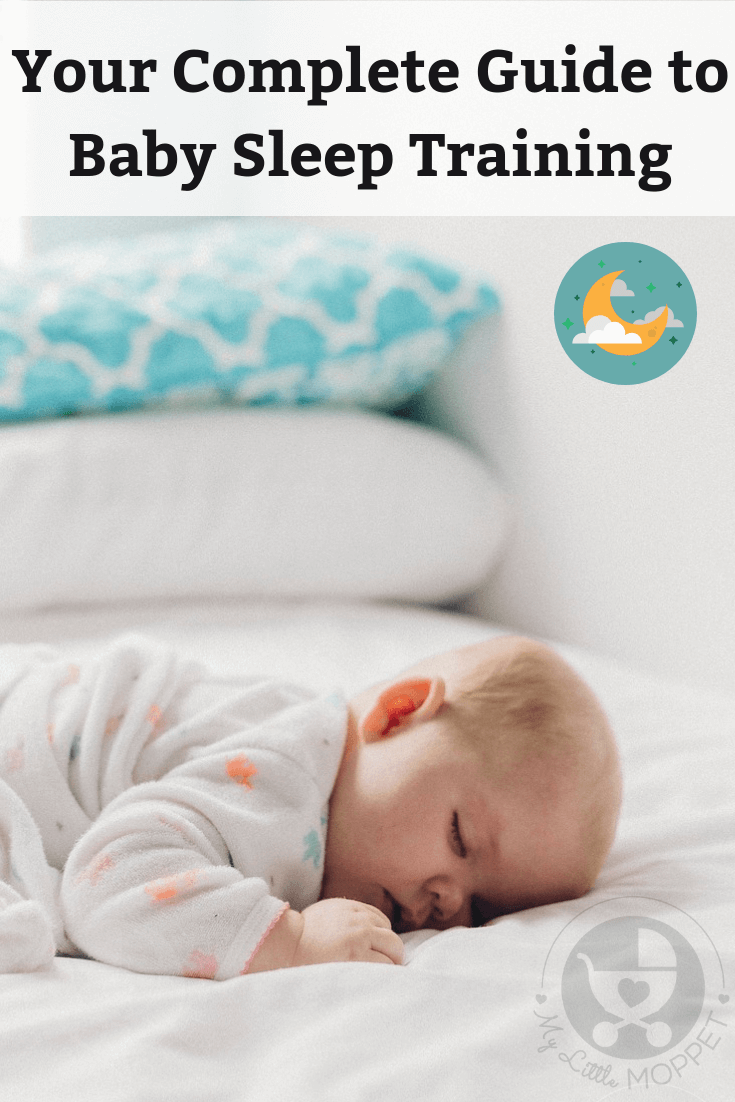
Source: https://www.mylittlemoppet.com/your-complete-guide-to-baby-sleep-training/
The content is owned by Fabida Abdulla. Visit site here for other valuable articles.
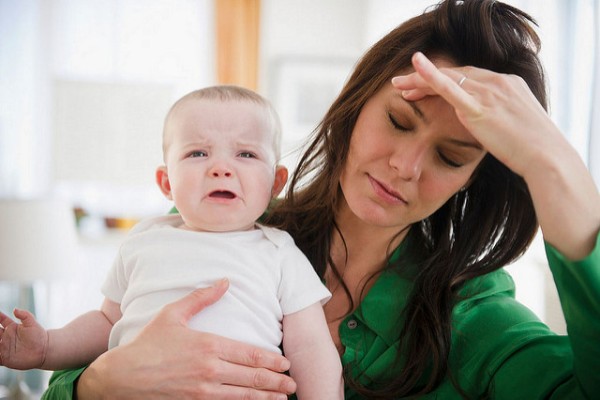
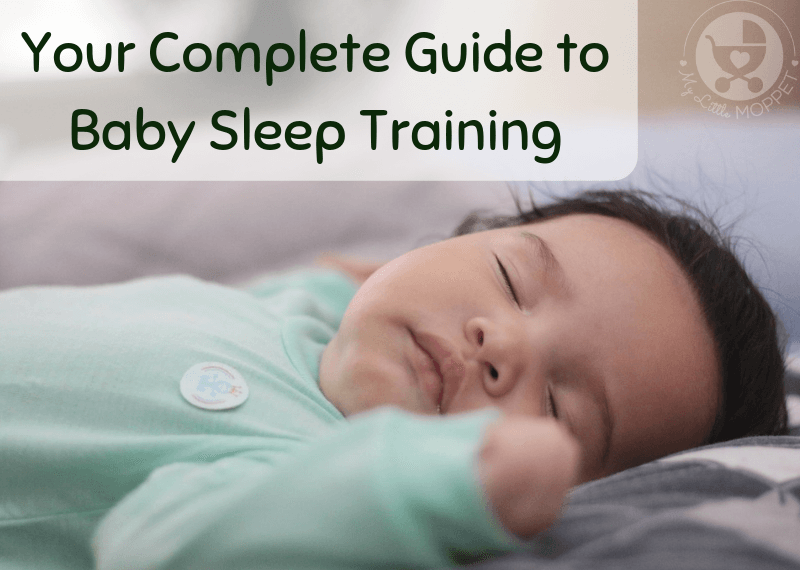


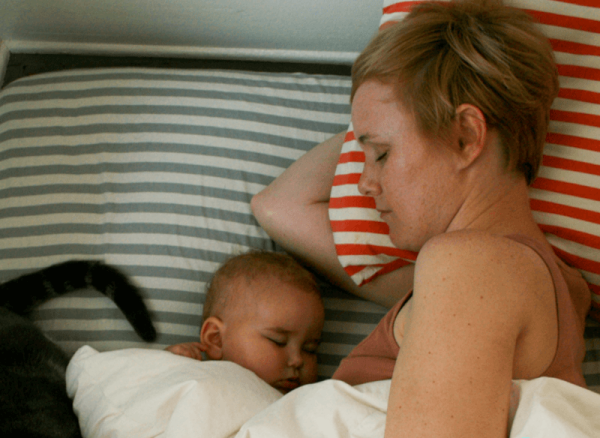


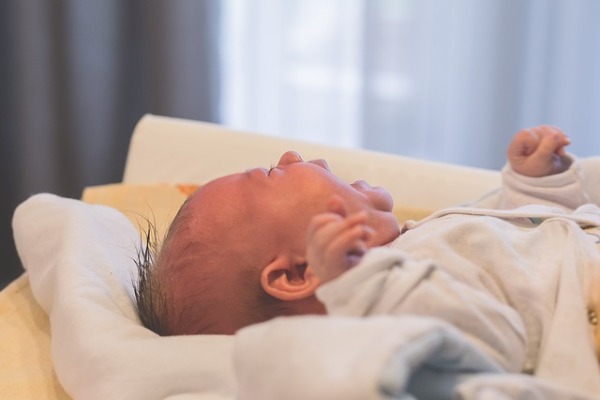
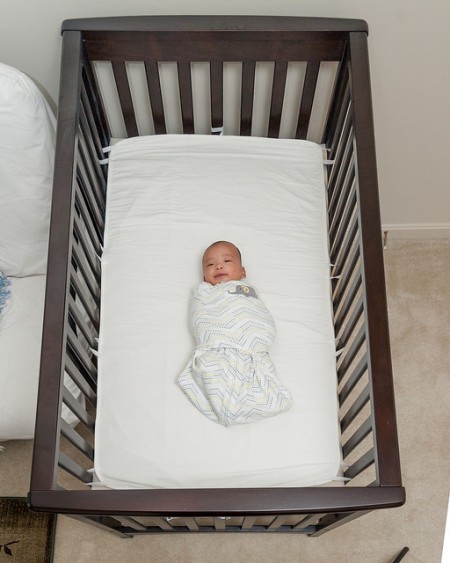
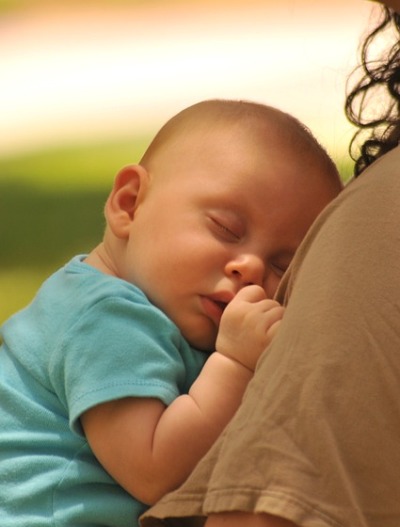
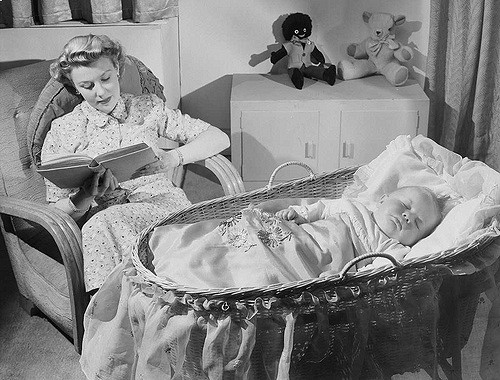


No comments:
Post a Comment